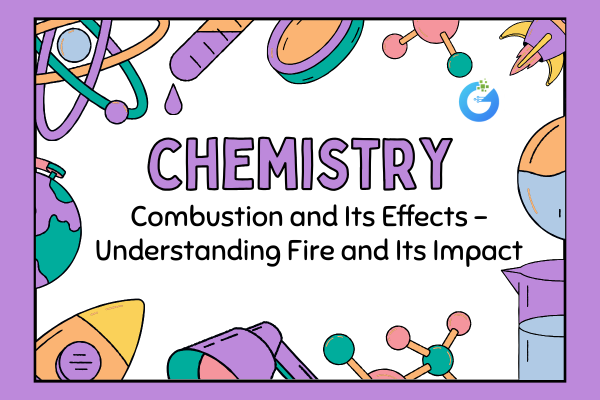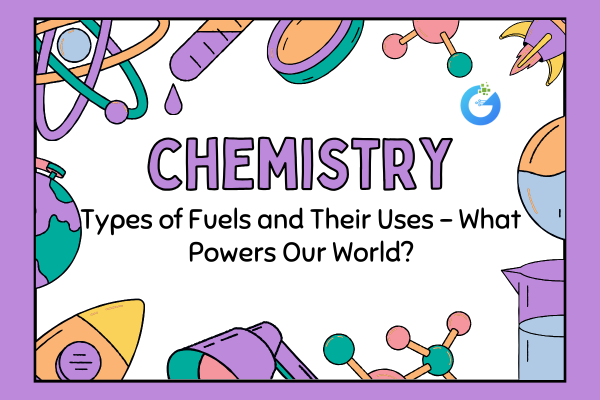Introduction:
Imagine if Earth wore a special invisible coat—one that keeps it warm, safe, and full of life. That coat is the atmosphere! It’s made of a mix of gases that wrap around our planet like a soft, protective bubble. You can’t see it or touch it, but it’s working hard every moment.
Without the atmosphere, we wouldn’t have air to breathe, clouds to watch, or weather to enjoy. More than that, it guards us from harmful rays of the Sun, stops small meteors from reaching us, and even helps space rockets launch by offering the right pressure and lift. It’s Earth’s invisible superhero cape!
expert-led Geography classes – visit our website to learn more
Who studies the atmosphere?
The people who explore and study the atmosphere are called meteorologists and atmospheric scientists. These professionals observe weather changes, track storms, and study climate using tools like weather balloons, satellites, radars, and supercomputers.
Their work helps us understand air quality, predict natural disasters like cyclones or floods, and stay prepared for sudden weather shifts. Thanks to them, we get weather forecasts, storm warnings, and updates about climate change.
Why is the atmosphere important?
The atmosphere is like Earth’s life-support system. It performs many magical tasks that keep everything alive and balanced. Here’s why it’s so important:
- Oxygen Provider: It gives us the air we need to breathe and supports all living beings.
- Heat Blanket: It traps just enough heat from the Sun to prevent the planet from becoming too cold.
- Rainmaker: It helps form clouds, winds, and rain—ensuring life survives on land and in water.
- Sun Shield: The ozone layer blocks dangerous ultraviolet (UV) rays that can harm living things.
- Space Defender: It burns up meteors before they hit Earth’s surface, protecting us every day.
Without the atmosphere, Earth would be like a lifeless desert or a frozen rock—like the Moon or Mars.
When did the atmosphere form?
The atmosphere is very old—it started forming over 4.5 billion years ago, during Earth’s early days. Back then, our planet was covered in volcanoes. These erupting volcanoes released gases like carbon dioxide, ammonia, and water vapor.
At first, Earth’s atmosphere was toxic and couldn’t support life. But as Earth cooled down, oceans formed, and tiny microbes called cyanobacteria began creating oxygen through photosynthesis. Slowly, this oxygen made the air breathable and helped support the rise of more complex life.
Where is the atmosphere found?
The atmosphere surrounds the entire Earth—from the surface to outer space. It gets thinner and colder the higher you go. If you could ride a giant elevator up into the sky, you’d pass through different layers, each with its own job.
These layers are like levels in a tall sky-tower. Some have weather, some have satellites, and others protect us from space threats.
How does the atmosphere work?
Think of the atmosphere as a multi-talented super-layered system that works nonstop:
- It absorbs and redistributes heat from the Sun, maintaining Earth’s temperature.
- It moves air through wind and pressure systems, creating weather patterns.
- It acts as a shield—breaking up meteors and filtering solar radiation.
- It even allows communication by bouncing radio waves across the planet.
All these functions come from the way gases interact with sunlight, Earth’s surface, and each other. Each layer has a role to play in keeping Earth safe and comfortable for life.
Core Concepts:
Here’s a breakdown of the atmosphere’s five layers:
| Layer | Height Range | Main Features |
| Troposphere | 0–18 km | Closest to Earth. Weather, clouds, airplanes. Temp drops. |
| Stratosphere | 18–50 km | Ozone layer. Jet planes. Temp rises with height. |
| Mesosphere | 50–85 km | Meteors burn here. Coldest layer. |
| Thermosphere | 85–600 km | Auroras, satellites orbit. Very hot but thin air. |
| Exosphere | 600 km–Space | Fades into space. Very thin air. Where space begins. |
FAQ:
Q1: Can we see the atmosphere?
No, it’s invisible! But we can see clouds, rain, sunsets, and the blue sky—all caused by the atmosphere.
Q2: Why do airplanes fly in the stratosphere?
Because it has smoother air and less turbulence, making flights safer and more fuel-efficient.
Q3: Why do meteors burn up in the mesosphere?
When meteors hit the thin air in the mesosphere, they burn up due to friction. That’s how we get shooting stars!
Q4: Is it hot in the thermosphere?
Yes—extremely hot. But since the air is so thin, humans wouldn’t feel the heat the same way.
Fun Facts:
- The Troposphere is thicker over the equator and thinner at the poles!
- The word ozone comes from the Greek “ozein,” meaning “to smell.”
- The International Space Station orbits in the thermosphere.
- The Exosphere is where satellites float and Earth fades into space.
Conclusion:
The atmosphere is one of Earth’s most precious protectors. Even though we can’t see it, it gives us life, shields us from dangers, and supports our modern world. Without this invisible shield, Earth would be silent and empty. By understanding how the atmosphere works, we learn how important it is to care for the environment, prevent pollution, and stay prepared for weather changes. So next time you take a breath, fly in a plane, or watch a sunset, remember—you’re feeling the power of Earth’s magical sky blanket.








